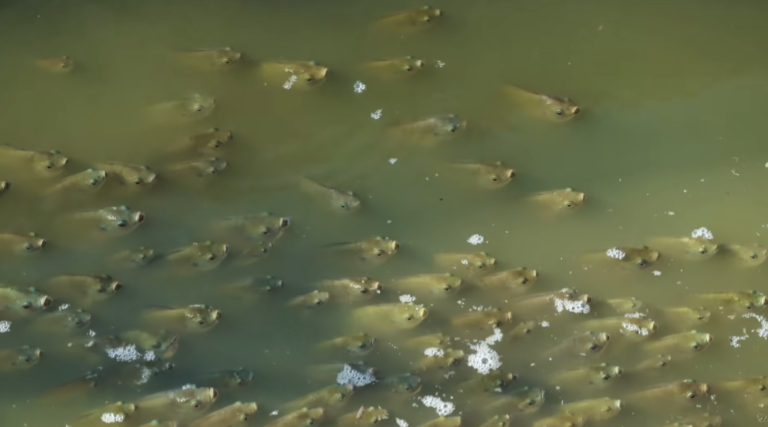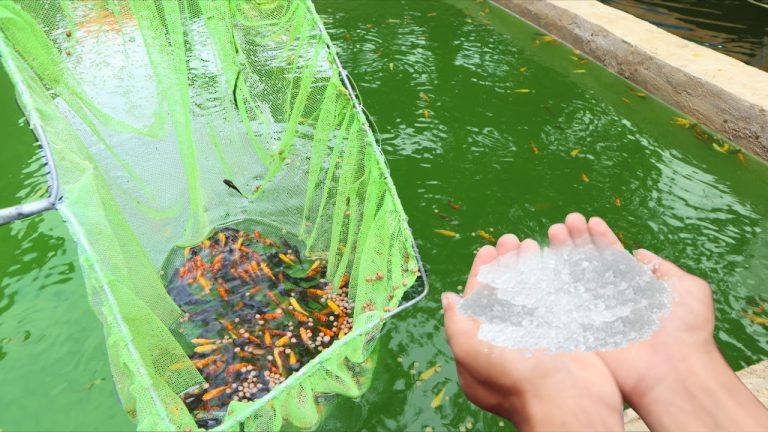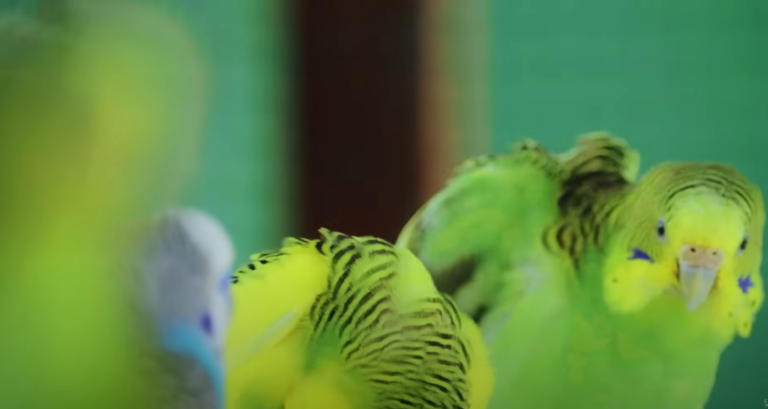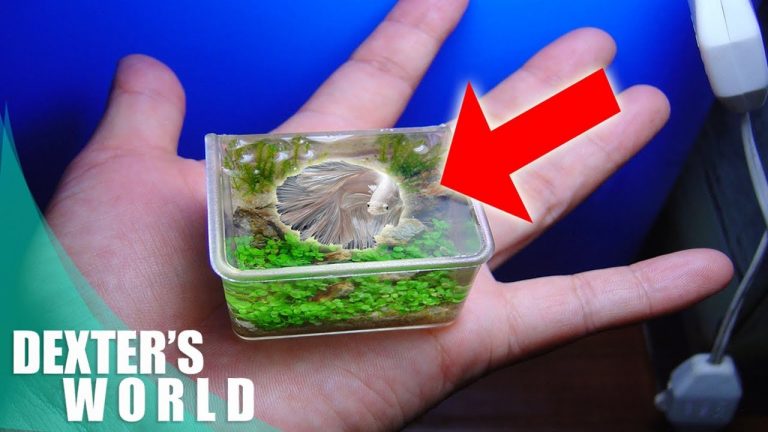Unlocking the Secrets to Successful Backyard Breeding: From Love Birds to Catfish
Hello everyone, and welcome back to Dexter’s World! Today, I’m excited to share with you the joys and successes of backyard breeding, focusing on our experiences with African love birds and various types of fish like goldfish, tilapia, and hito.
The Joy of Breeding African Love Birds
This morning, I was thrilled to find numerous new chicks in our African love bird nests. This success comes from meticulous care and specific feeding strategies we’ve implemented, which include daily sorting of seeds to ensure only the best for our birds. The ineffective parts of the seeds, known as chaff, are removed to prevent wastage and ensure optimal nutrition.
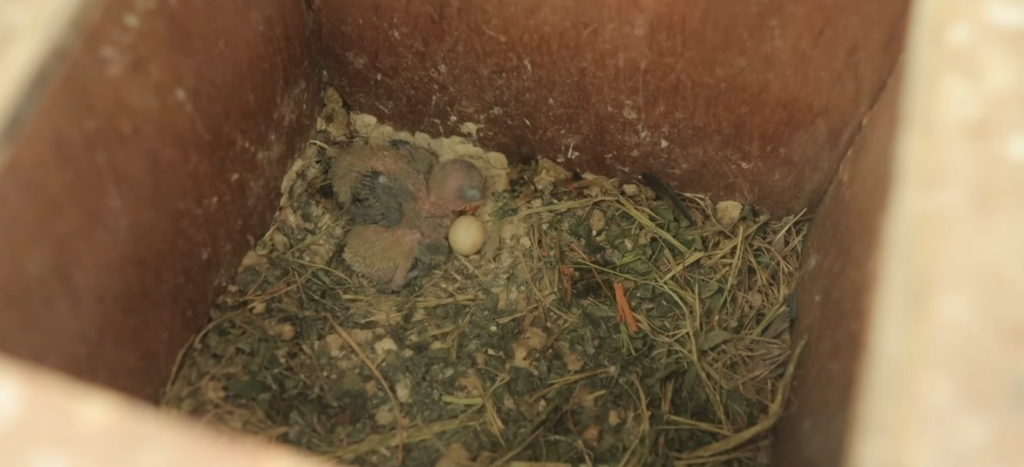
The Power of Moringa
One standout aspect of our feeding regimen is the regular inclusion of Moringa in the birds’ diet. The impact of Moringa on the health and breeding capabilities of our love birds has been profound. Not only does it boost their vitality, but the stems also serve as excellent nesting materials, surpassing even the traditional hay we used before.

Importance of Water Quality in Breeding
When breeding fish, particularly in controlled environments like aquariums, maintaining high water quality is essential. Here’s how we ensure optimal conditions for breeding:

Natural Water Management
We use a simple yet effective natural water management method, running the water through a submersible pump and using small pebbles to help maintain cleanliness and the right mineral balance. This setup helps achieve a water pH level that is ideal for breeding, especially for catfish.

Breeding Catfish Naturally
Our approach to catfish breeding has been to replicate natural conditions as much as possible. This means less reliance on artificial methods and more focus on creating an environment where catfish can thrive on their instincts. By maintaining high water quality and carefully selecting healthy, mature fish for breeding, we’ve successfully multiplied our catfish population.

Tips for Effective Backyard Breeding
- Regular Monitoring: Frequent checks and adjustments are vital. For love birds, ensure their diet is nutrient-rich and that they have clean water continuously. For fish, regular water quality tests and adjustments are crucial.
- Optimal Feeding Practices: For both birds and fish, the quality of food is crucial. High-quality seeds and the inclusion of natural supplements like Moringa can significantly enhance breeding outcomes.
- Environment Control: Create a comfortable and safe environment for your animals. This includes everything from the layout of nesting boxes for birds to the setup of breeding tanks for fish.
- Use of Natural Resources: Utilize natural materials for nesting and rely on natural methods for maintaining water quality. This not only reduces costs but also promotes a more organic approach to animal care.

The Benefits Extend Beyond the Farm
The techniques and practices we use in our backyard breeding efforts offer more than just personal satisfaction; they contribute to sustainable living practices that can be shared within the community. By teaching others about these methods, we foster a knowledge base that can lead to greater food security and environmental responsibility.

I hope this glimpse into our world of backyard breeding inspires you to try your hand at this rewarding endeavor. Whether you’re interested in birds, fish, or any other type of backyard farming, the principles of care, quality, and patience always apply.
Thank you for joining me today in Dexter’s World. If you’re not already subscribed, please do so to stay updated with more tips and stories from our adventures in backyard breeding and beyond. Remember, every day is a beautiful day to learn and grow in Dexter’s World!



